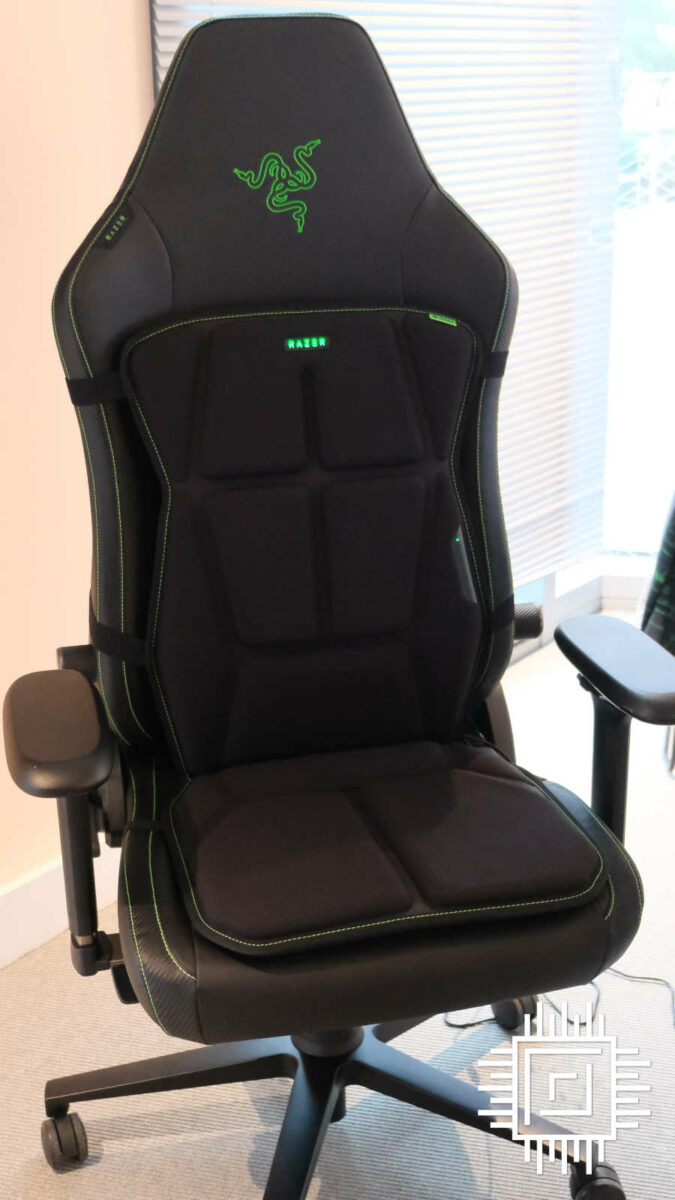RazerCon 2024 feels like a return to form as the snake-headed company continues to pioneer the haptic feedback revolution. Alongside Razer Kraken V4 Pro, which overhauls just about everything from its predecessor, the brand has taken a more unusual approach in its quest to make everything vibrate, this time adorning a cushion with motors that react to your game. Neither are the cheapest bits of equipment, but after a hands-on with them, I can safely say there’s nothing quite like them on the market.
Razer Freyja
Freyja is the world’s first haptic feedback gaming cushion, created to enhance sensory feedback and increase immersion in the games you play. If it seems familiar, that’s because the original concept debuted as Project Esther during CES 2024, but it’s come a long way since then.
You can still wrap it around just about any chair, no matter shape or size, and you’ll only need one wire to power the thing. This has a quick release, just in case you swivel your chair too hard, helping you avoid disaster. Otherwise, it connects to your devices wirelessly. You have a choice of low-latency Hyperspeed 2.4GHz and Bluetooth so you can pair it with PC, consoles, and even your smartphone.
The new and improved model only features six HD Haptic motors rather than the lofty 16 it originally promised. Certainly a sharp drop, but not without merit. Fewer actuators means it’s far easier to ship, but Razer tells me that some rumblers were redundant at the arch of your back anyway. It also aids comfort, as I didn’t notice them until they were on and doing their job. I sat there for an hour, snug as a bug as it shook me around.
With its current design, two motors sit beneath the seat and four massage either side of your spine. What puts the high-definition in HD Haptics is their ability to register both sounds and supported game cues independently. You’ll feel lower frequencies in your nether regions, while higher and more dynamic frequencies jiggle all over, giving it an almost 4D experience. I’m just happy it doesn’t squirt me in the face to simulate rain.
You can use the brand-new Razer Synapse 4 to pick whether it registers soundwaves from any media, much like you can with Enki Pro Hypersense, or switch it up and give control to the games you play. This requires each developer to code it into their titles, but Razer has streamlined the process by baking everything needed into many popular game engines, from Unreal Engine to Unity.
I can’t speak for wider compatibility outside of plans to add it to games like Rainbow Six Siege and Apex Legends, but I did try Freyja in two single-player titles. Both take a less-is-more approach, focusing on adding vibrations to the combat rather than general movements. Perhaps a smart move, as feeling every stomp of a protagonist could devalue the impact haptics have.
Performing a Phoenix Shift Strike sees protagonist Clive Rosfield dash forward in Final Fantasy XVI, slashing his sword diagonally from top-left to bottom-right. Freyja sends a shockwave that mimics the motion, making each fight feel a bit punchier, albeit a little nonsensical since it’s the enemy receiving the attack and not you. The cushion has an incredible ability to separate frequencies rather than a complete mess of rumblings, but it does lose a bit of magic when combat gets more chaotic.
Speaking of magic, my favourite experience comes from Hogwarts Legacy. Each spell cast gives a different sensation, adding extra weight to heavier attacks like Bombarda. It might simply be my preference, but I feel haptics enhance experiences a lot more with slower-paced games. Initially, I found the experience a little distracting, but the more invested I got, the more I realised how PC gaming has long missed this benefit controller users might take for granted 27 years on from the first DualShock.
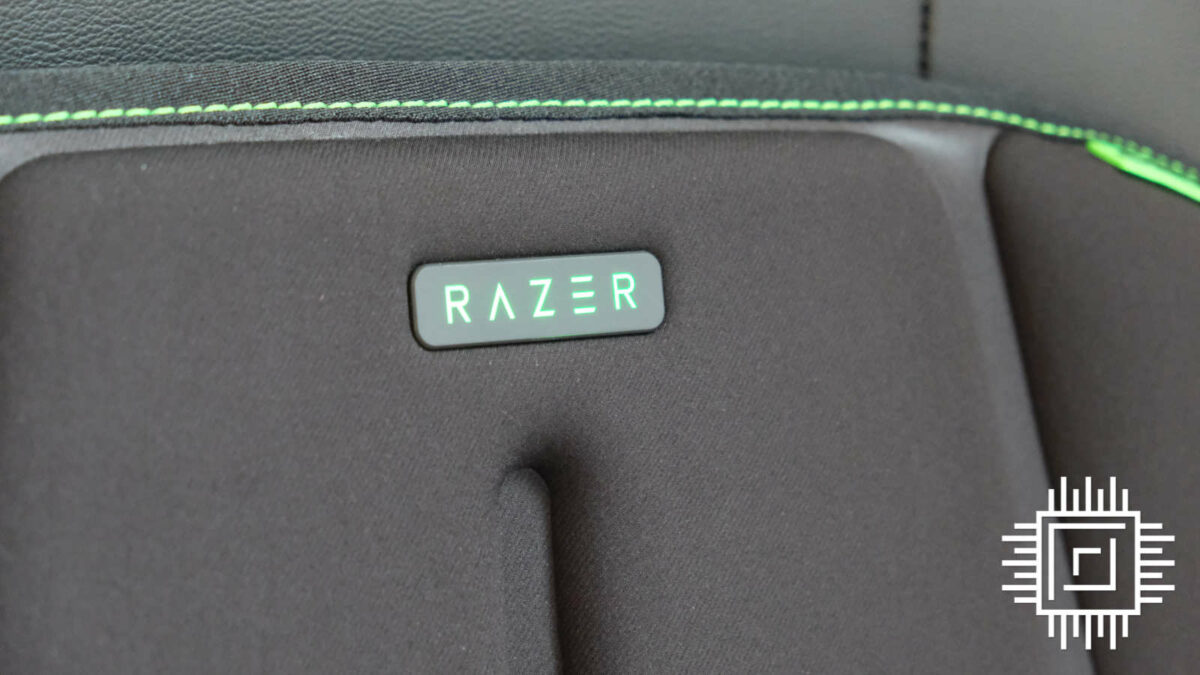
My only disappointment comes from the lack of intensity in certain games. Razer gives you the ability to adjust how strong the vibrations are when a game takes over, but the maximum Square Enix sets for Final Fantasy XVI fell noticeably short of Freyja’s potential. Sliding the feedback bar as far as it’ll go when listening to music or watching a movie could have people sitting downstairs complaining; it’s that responsive. I can understand developers exercising caution to not distract the user, but ultimately, we should have the choice of a wider band. Hogwarts Legacy fared much better, showing there’s potential if implemented correctly.
Brace yourself, as Freyja is not for the faint of heart costing $299.99 USD / €299.99 a pop. Although this is the price of a full gaming chair, I have to give some credit to its sheer versatility in that you can take it travelling, fit it to any seat, and practically use it to re-upholster in a pinch. Unfortunately, shoppers in the UK and Spain will incur extra import costs as local regulations prevent the product from sale directly in both countries, which is worth keeping in mind.
With the near-infinite amount of upgrades I can make to my setup, Freyja would sit fairly low on my list of priorities. Still, I think there’s promise here if you have a chunk of change to spare. Just keep an eye on compatibility for your favourite games before adding it to your basket.
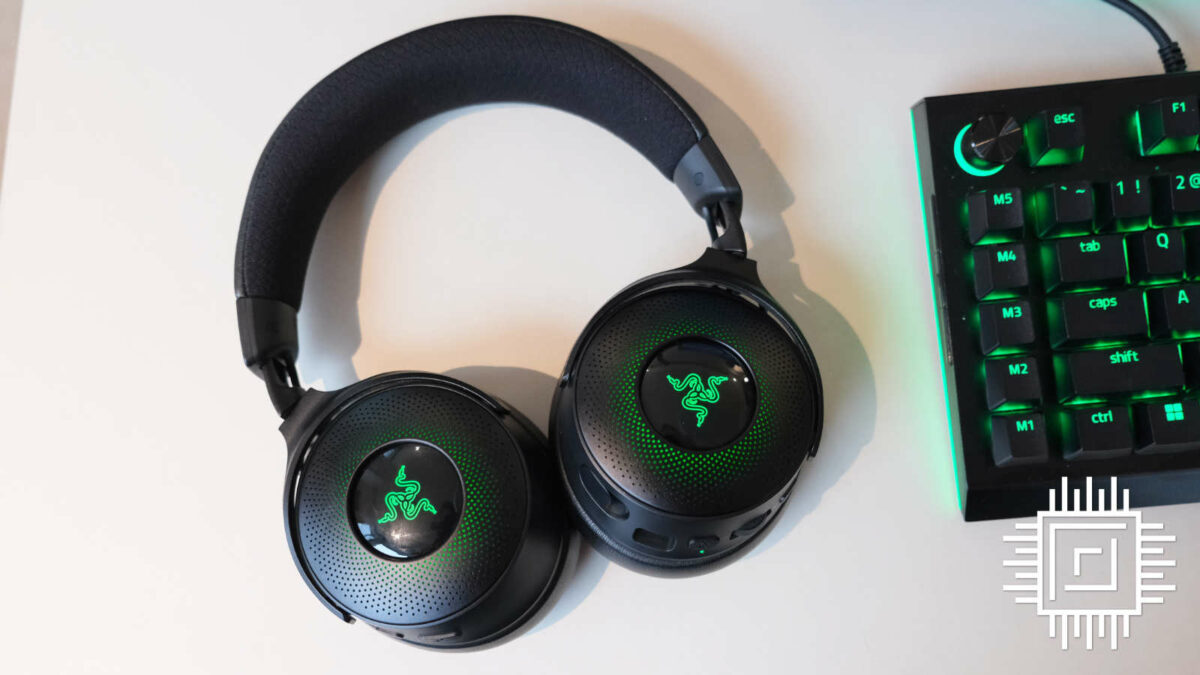
Razer Kraken V4 Pro
Kraken V4 Pro features all the same benefits as Freyja, with newly introduced HD Haptics supporting game integration and synchronisation with the cushion. However, the allure here resonates deeper than simple vibrations, as Razer has nipped and tucked just about every aspect of its most immersive gaming headset.
Wrapping these around my ears, I was immediately greeted with some of the best passive noise isolation I’ve ever heard. Razer has ditched its strange circular ear cups in favour of ovals that better suit the shape of a human head, sealing sound in. Paired with leatherette pads, I could barely hear the Razer representative give me the run through. The moment the crisp sound started pumping through the TriForce Bio-Cellulose 40mm drivers, they were entirely muted.
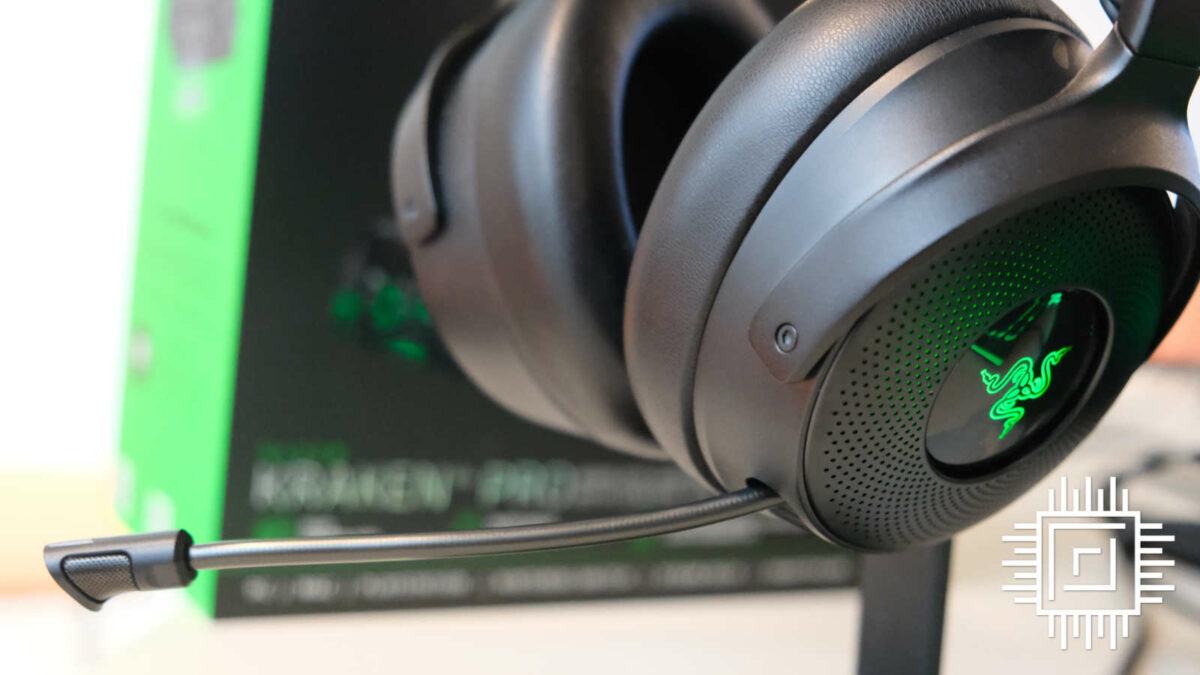
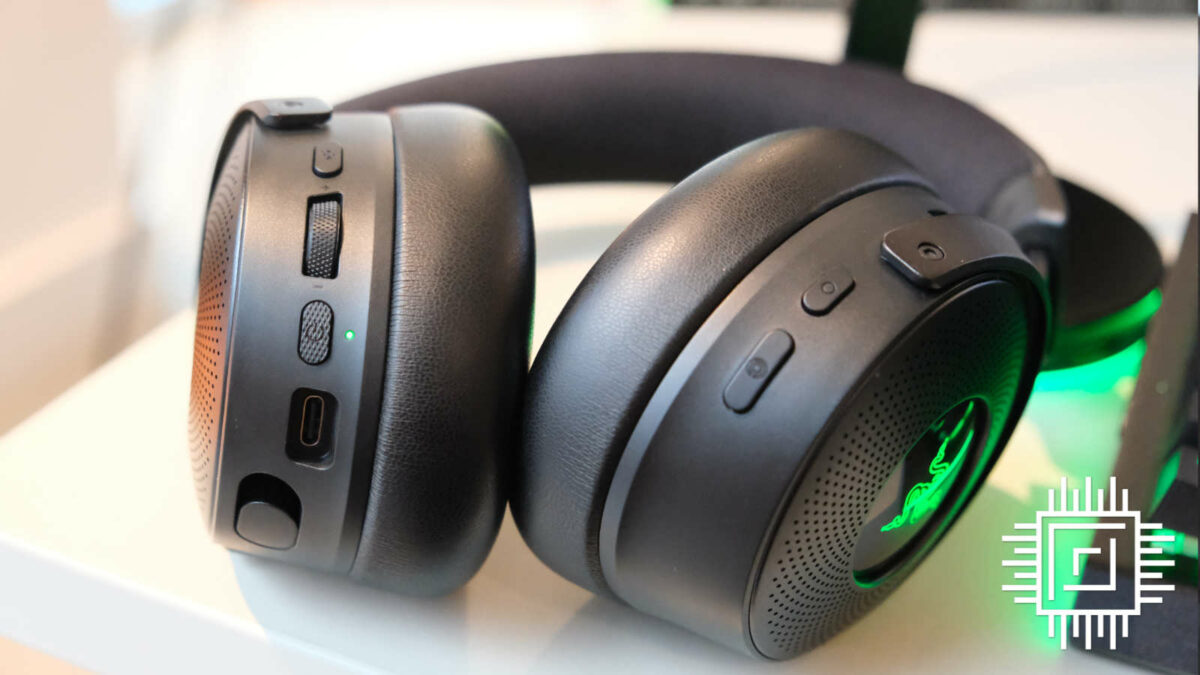
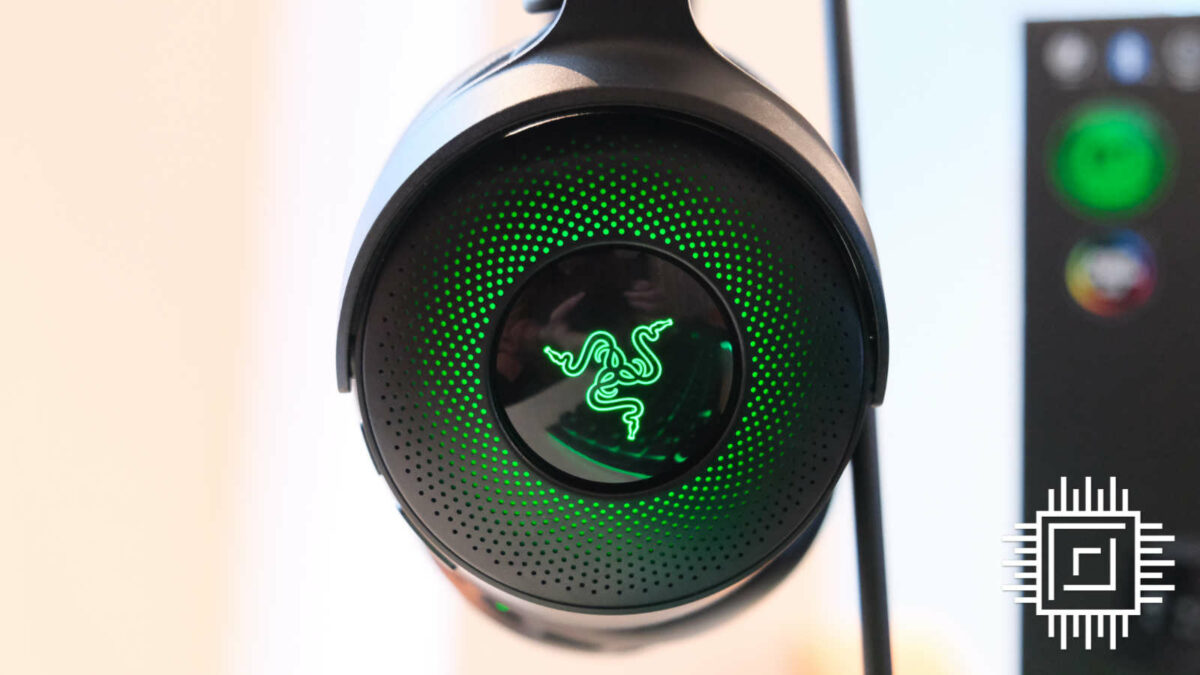
The whole thing is significantly weightier than its predecessor, comprising more metal than plastic. I didn’t feel fatigue in the hour I spent with it, but the potential was in the back of my mind the moment I picked it up. It’s easy to see that comfort is a priority here, with a memory foam headband sitting like a cloud on top of my noggin and ear cups finally turning inward, unlike the V3 Pro. I, for one, tend to drape them around my neck when I’m not actively using them.
All in all, it’s the most premium headset Razer has ever made, and it’ll certainly feel that way with an eye-watering £399.99 GBP / $399.99USD / €449.99 leaving your bank account.
It goes some way to justifying its price tag. Sound is more beautiful than ever with 24bit resolution and 48kHz sampling rates; you can connect via HyperSpeed, Bluetooth, USB, or 3.5mm and have two wireless devices linked simultaneously; and nobody else on the planet is chasing haptics in the same way as Razer. It even features an OLED wireless hub that lets you cycle through profiles and connects via 2.4GHz.
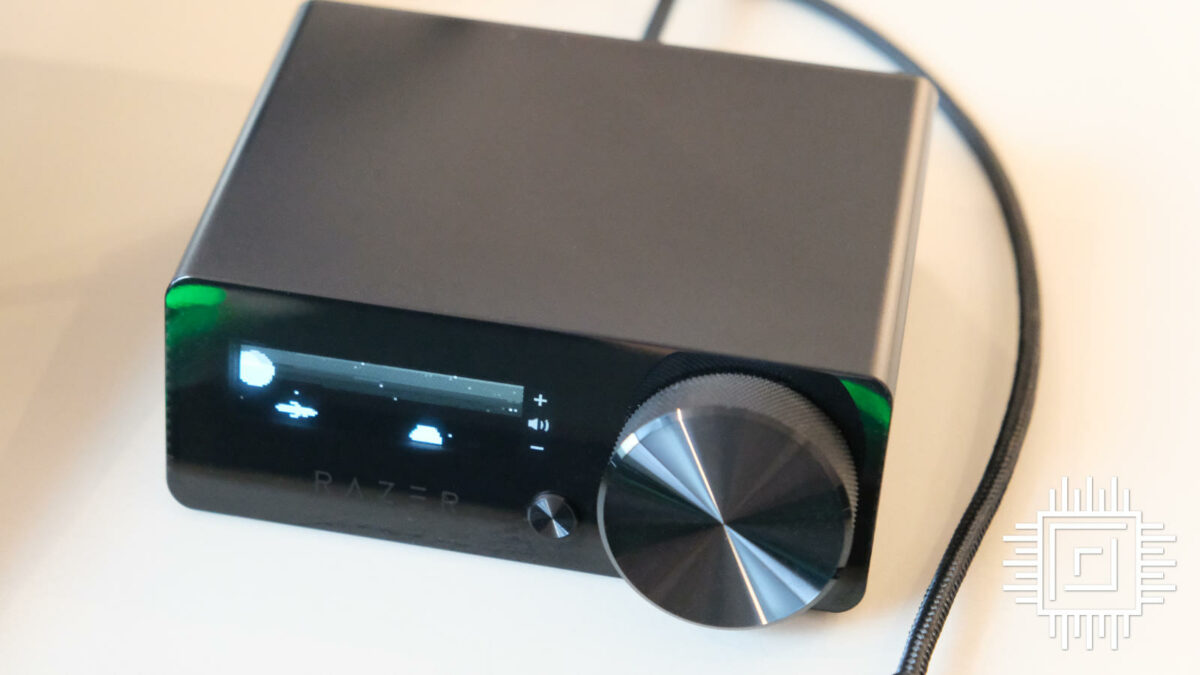
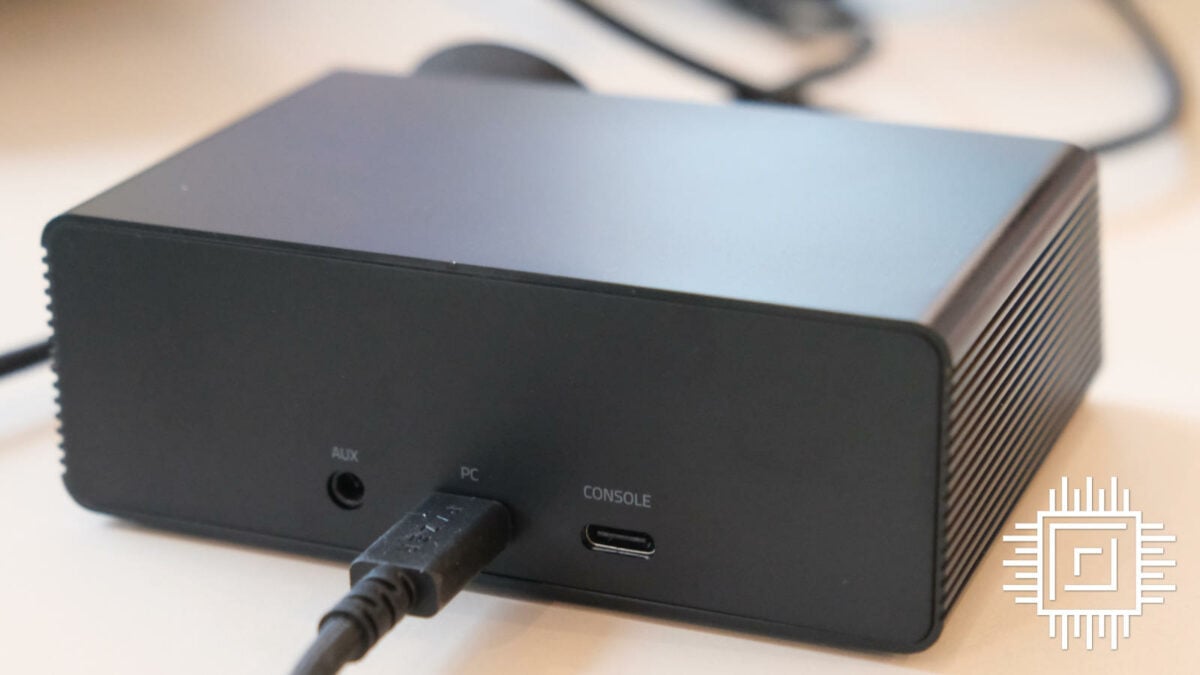
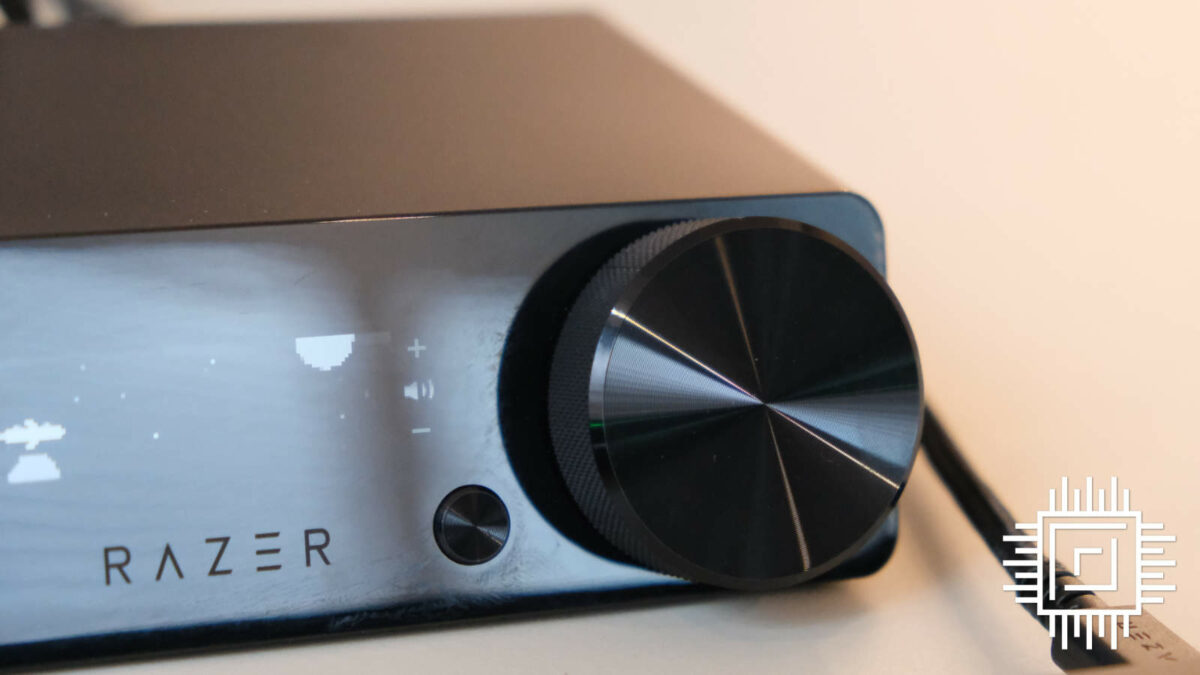
At £50 / $50 more than the MSRP of SteelSeries Arctis Nova Pro, that doesn’t seem like a bad premium to pay for something so unique. Unfortunately, value comes into question when you consider that Kraken V4 Pro doesn’t feature hot-swappable batteries or active noise-cancelling, putting a hefty premium on haptics alone. The passive noise isolation is good enough to fill the void on the latter, but it does nothing for gamers like me, who prefer to use transparency or atmosphere modes that use the same ANC tech to amplify sounds around you. I use this every single day to regulate the volume of my voice.
Out and about, I’d prefer Kraken V4 atop my skull. It’s sleeker than both its predecessor and SteelSeries with a retractable mic (which I didn’t get to test), nine-zone RGB, and more of a professional look without that gamer edge. It’ll also last up to 50 hours, according to Razer, which doubles that of a single Nova Pro Wireless battery. Still, I’d want a price cut before even entertaining the idea.
Razer Kraken V4 Pro naturally is best experienced when synchronised with Freyja, but the combined price of $699.98 USD / €749.98 does make my toes curl. For that price, you have the barebones of a new PC or a decent RTX 4070 Super upgrade. But who am I to put a price on true immersion? Keep an eye out for reviews, as an hour isn’t enough to delve into all that these gadgets are capable of.
